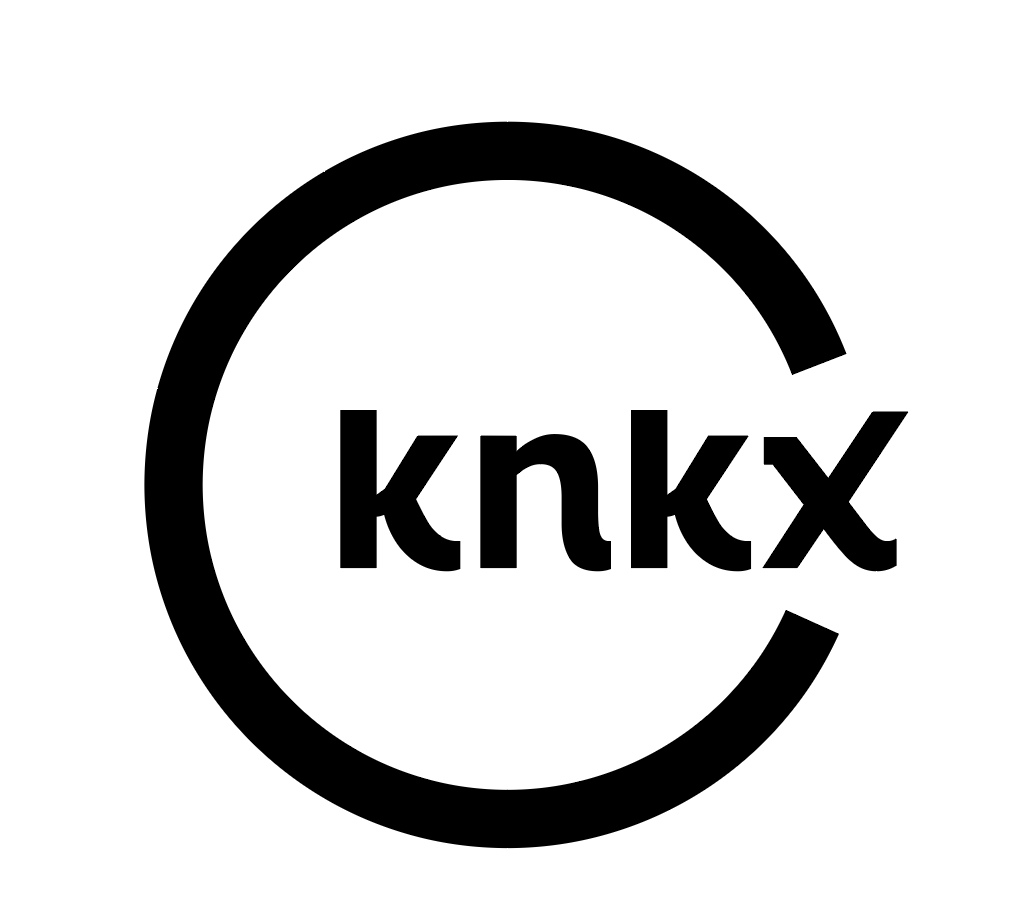Each of Washington’s 460,000 children under the age of 5 deserves the chance to enter kindergarten ready, healthy, and with the support they need to begin a lifetime of learning.
However, Washington spends a little over 1 percent of its state budget on early care and education – placing our state 39th in the nation in access to preschool and 3rd in the nation for least affordable infant child care.
In Pierce County, the supply of child care has been declining precipitously in recent years, with the biggest reduction seen in our Family Home Child Care facilities (typically owned by women of color and immigrant and refugee women, and often the most culturally and linguistically diverse type of care). According to Child Care Resources, Pierce County has seen an overall 33 percent decrease in the total number of Family Child Care Home slots from 2013-2019.
As a result on this ongoing statewide crisis, nearly half of Washington parents have difficulty finding quality childcare, and more than a quarter of parents quit their jobs or left school because of lack of available and affordable childcare, costing Washington’s economy $6.5 billion each year and unfairly disadvantaging tens of thousands of lower-income children and children of color.
Supporting all Washington children means creating more options that are available, accessible, appropriate, and affordable for working families.
Yet, because of the COVID-19 pandemic, we are seeing an acceleration of our child care crisis.
As of August 2020, Child Care Aware of Washington estimates that 23 percent of programs have closed across the state, with an 18 percent loss of total capacity. This equates to roughly 22,000 lost slots of licensed capacity.
In Pierce County, 20 percent of programs have closed and 25 percent of total licensed capacity has been lost. These numbers are surely even higher today as additional child care programs have closed in light of surging COVID cases during the fall and winter.
Long-term, sustainable financing of high-quality, community-based child-care and preschool opportunities will help ensure that success for Washington children throughout their educational career – and beyond – is not determined by their zip code, family income, race, or ethnicity.
















